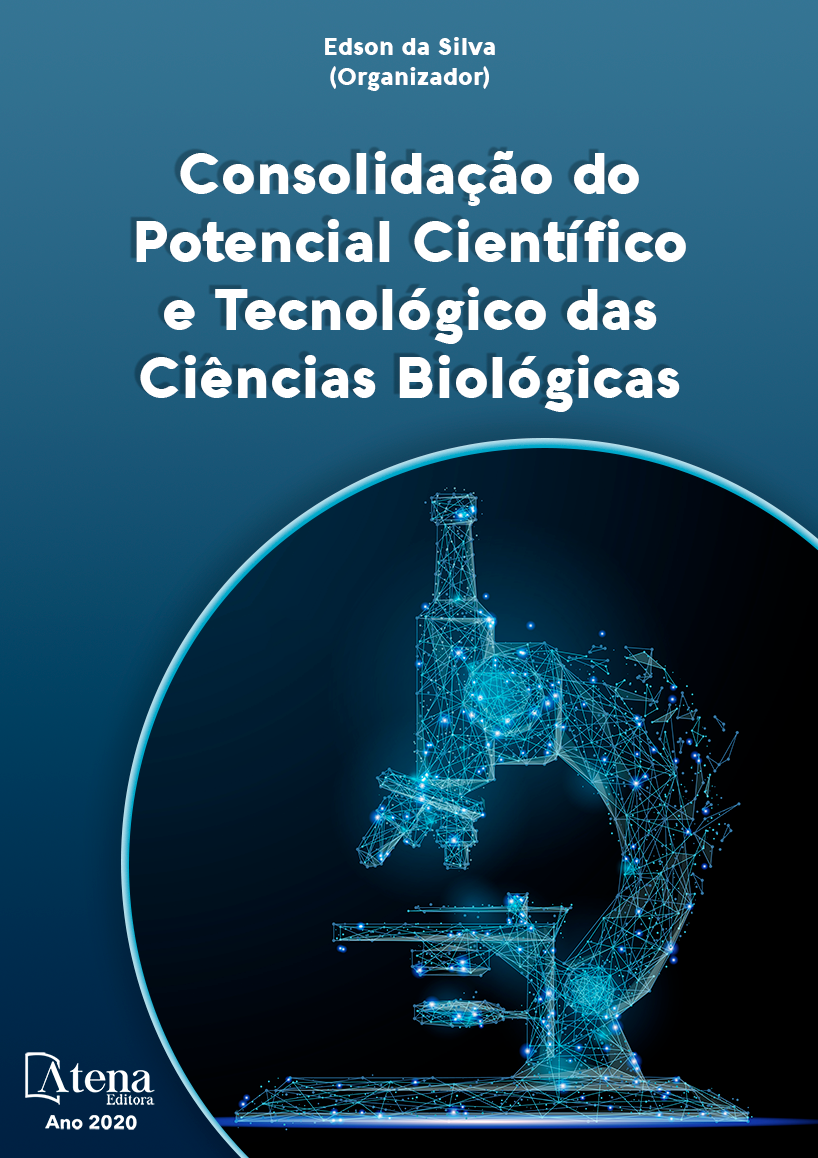
INTERAÇÕES ENTRE MARSUPIAIS E Hovenia dulcis Thunb. (RHAMNACEAE) EM DUAS ÁREAS DE MATA ATLÂNTICA NO SUL DO BRASIL
Os animais são os principais dispersores de sementes em florestas tropicais e seus padrões de forrageamento podem ter fortes efeitos sobre a distribuição de plantas. Quando interações mutualísticas se estabelecem entre componentes da fauna local e plantas invasoras com sementes, tal como Hovenia dulcis, isso pode potencializar os impactos negativos nos ambientes invadidos. Os objetivos deste estudo foram investigar as interações entre marsupiais e a uva-do-japão, espécie considerada exótica e invasora, e testar a viabilidade das sementes ingeridas por Didelphis albiventris, a partir de amostras fecais. As amostragens transcorreram de abril a agosto de 2018 e de março a junho de 2019, respectivamente na REBIO Mata Paludosa e na Pousada Recanto da Mata, totalizando nove expedições mensais de quatro noites consecutivas. Armadilhas do tipo Tomahawk foram utilizadas para captura e coleta de amostras fecais de marsupiais frugívoros. Duas espécies de marsupiais foram capturadas, Philander quica e Didelphis albiventris, totalizando 32 capturas e 31 amostras fecais. Sementes de H. dulcis foram encontradas em 48% das amostras coletadas de D. albiventris. Abril foi o mês com maior ocorrência de sementes (64%) nas amostras fecais e também aquele com o maior número de sementes encontradas em uma única amostra (6). O percentual de germinação de sementes encontradas nas amostras fecais foi significativamente inferior ao de sementes extraídas dos pseudofrutos. Philander quica não consumiu pseudofrutos e a ingestão das sementes da uva-do-japão por Didelphis albiventris reduziu o percentual de germinação.
INTERAÇÕES ENTRE MARSUPIAIS E Hovenia dulcis Thunb. (RHAMNACEAE) EM DUAS ÁREAS DE MATA ATLÂNTICA NO SUL DO BRASIL
-
DOI: 10.22533/at.ed.4702003088
-
Palavras-chave: Marsupiais, uva-do-japão, interações animal-planta.
-
Keywords: Marsupials, Japanese raisin tree, animal-plant interactions
-
Abstract:
Animals are the main seed dispersers in tropical forests and their foraging patterns may have strong effects on plant distribution. When mutualistic interactions are established between components of local fauna and invasive seed plants such as Hovenia dulcis, this can potentialize their negative impacts on invaded environments. The objectives of this study were to investigate the interactions between marsupials and the Japanese raisin tree, a species considered exotic and invasive, and to test the viability of seeds ingested by Didelphis albiventris from fecal samples. Sampling took place from April to August 2018 and from March to June 2019, respectively at REBIO Mata Paludosa and Pousada Recanto da Mata, totaling nine monthly expeditions for four consecutive nights. Tomahawk traps were used to capture marsupials and to collect its fecal samples. Two species of marsupials were captured, Philander quica and Didelphis albiventris, totaling 32 captures and 31 fecal samples. Hovenia dulcis seeds were found in 48% of D. albiventris fecal samples. April was the month with the highest occurrence of seeds (64%) in fecal samples and also the month with the largest number of seeds found in a single sample (6). Percentage of seed germination found in fecal samples was significantly lower than that of seeds extracted from pseudofruits. Philander quica did not consume pseudofruit and the ingestion of the Japanese raisin tree seeds by Didelphis albiventris reduced the percentage of seed germination.
-
Número de páginas: 17
- Patrícia Carla Bach
- Marcelo Millan Rollsing
- Cristiano Leite Stahler
- Thaís Brauner do Rosário
- Gilson Schlindwein
- Cristina Vargas Cademartori
- Fernanda Souza Silva


